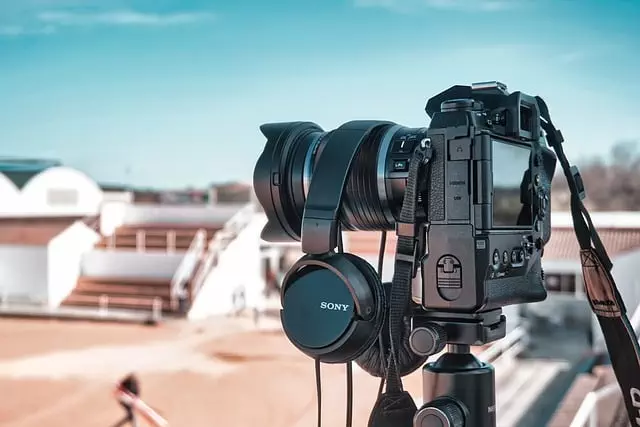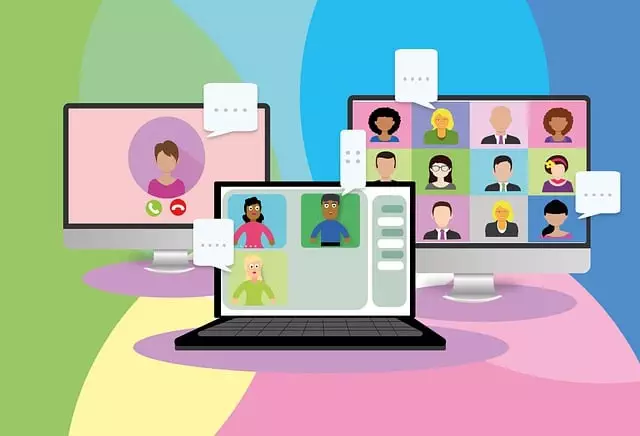Converting DivX videos is a simple process that allows users to enjoy their content on modern devices. By using reliable video conversion software, you can easily import DivX files, choose desired output formats like MP4 or MKV for optimal compatibility, and customize settings for quality and resolution. This method overcomes the challenges of limited native support for DivX, ensuring smooth playback and sharing flexibility, while also preserving the historical significance of the DivX format. Learn how to convert DivX to streamline your video experience across various platforms.
Streamline Your Video Collection: A Comprehensive Guide to Converting DivX Files
DivX, once a pioneering video compression format, has faced challenges in modern times due to limited compatibility with today’s devices and platforms. But don’t let outdated formats hold you back! This comprehensive guide dives into the world of DivX conversion, empowering you to effortlessly manipulate these videos for seamless viewing on any device. We’ll explore why converting DivX is beneficial, dissect popular conversion tools, and provide a step-by-step process with tips and tricks to ensure successful conversions. Get ready to reclaim your video library!
# Blog Post Outline: How to Convert DivX – A Comprehensive Guide to Seamless Video Manipulation

Understanding DivX and Its Compatibility Issues:

DivX, a once-popular video compression format, offers high-quality video encoding at relatively small file sizes. Its popularity, however, has waned due to compatibility issues and the emergence of newer formats like H.264 and HEVC. These modern codecs provide improved compression ratios, better support for high-resolution content, and wider compatibility across devices and platforms.
Converting DivX videos to more compatible formats, such as MP4 or MKV, can help ensure they play smoothly on modern systems. How to Convert DivX involves using specialized video conversion software that supports these newer codecs. Such tools allow you to transcode DivX footage while optimizing for size and compatibility, making it easier to share and enjoy your videos without running into playback problems.
– Explain what DivX is and its historical significance as a video compression format.

DivX is a video compression format that has played a significant role in the digital media landscape, particularly during its early years. Introduced in the late 1990s, DivX revolutionized video sharing and streaming by offering efficient compression techniques that allowed for smaller file sizes without sacrificing video quality. This was groundbreaking at a time when online video content was just beginning to gain traction. Over the years, DivX has evolved, but its original purpose of enabling easy editing and manipulation of video files remains central to its appeal.
Converting video files to DivX format is straightforward thanks to readily available software options. Many multimedia applications support DivX encoding, making it simple for users to optimize their videos for online sharing or storage. By learning how to convert DivX, content creators and enthusiasts can take advantage of this versatile format’s historical significance and continue to benefit from its efficient compression and compatibility across various platforms.
– Highlight the challenges modern devices and platforms pose for playing DivX videos due to limited support.

Modern devices and platforms, with their diverse operating systems and ever-evolving hardware capabilities, have led to a fragmented landscape when it comes to video playback. While this offers users more choices, it also presents challenges, especially when dealing with older video formats like DivX. Many contemporary devices, from smartphones to smart TVs, simply do not support DivX out of the box, leaving users searching for workarounds and conversions to ensure they can enjoy their videos without hassle.
Converting DivX videos is a practical solution to this issue. By using dedicated software or online tools, users can easily transcode these files into more universally compatible formats like MP4 or MKV, ensuring seamless playback on virtually any device or platform. This process not only overcomes the limitations of limited native support but also preserves video quality while providing flexibility for sharing and viewing on demand.
Why Convert DivX: Benefits and Use Cases

Converting DivX files offers numerous advantages, making it an essential step for content creators and video enthusiasts alike. One of the primary benefits is compatibility; DivX is a less common video format, and converting it ensures your videos can be accessed and played on a wider range of devices and platforms. This process also allows for better optimization, enabling you to adjust video settings like resolution, bit rate, and aspect ratio to suit specific needs.
For instance, content creators looking to share their work online may want to downsize DivX videos to reduce file size without sacrificing quality, thereby improving streaming performance. Conversely, users planning to edit their videos might need to convert DivX to a format that supports advanced editing tools and effects. How to Convert DivX is a simple query with numerous solutions, each tailored to different use cases, ensuring the versatility and accessibility of your video content.
Converting DivX files offers a powerful solution to overcome compatibility challenges, ensuring seamless video playback for all. By mastering the art of converting DivX, users can easily manipulate and share their videos, unlocking a world of creative possibilities without the constraints of outdated formats. This comprehensive guide has equipped readers with the knowledge to navigate the process effortlessly, making it simple to transform DivX into modern, widely supported video formats. Now, the floor is set for endless video editing adventures!
